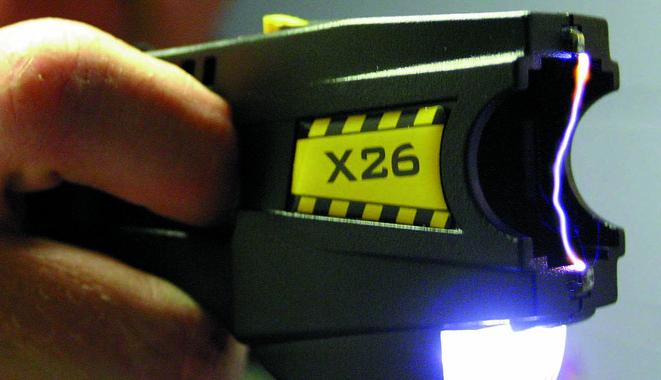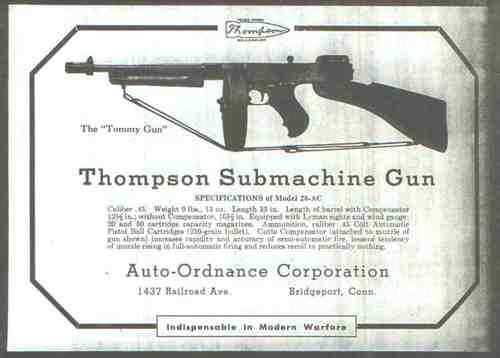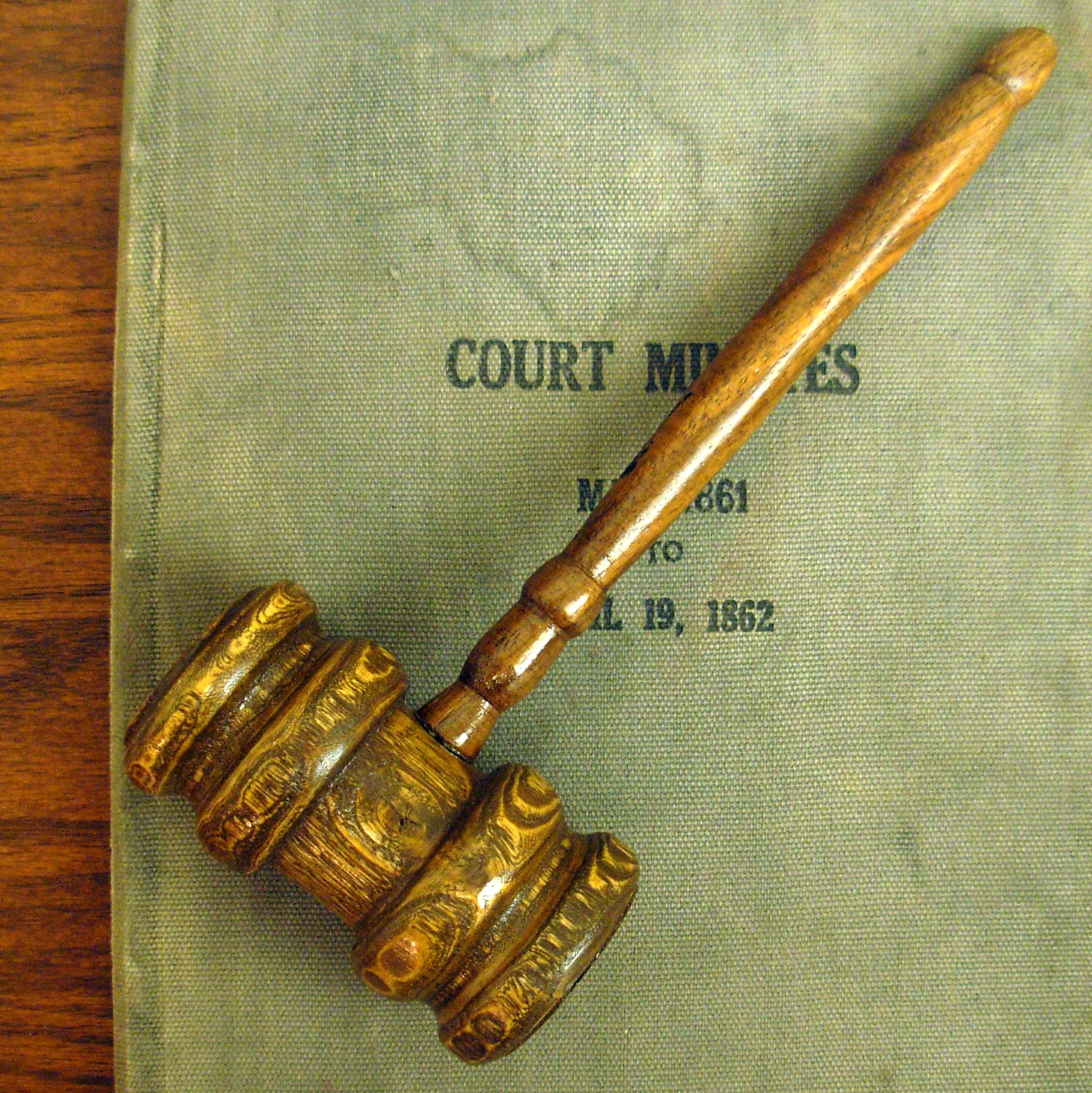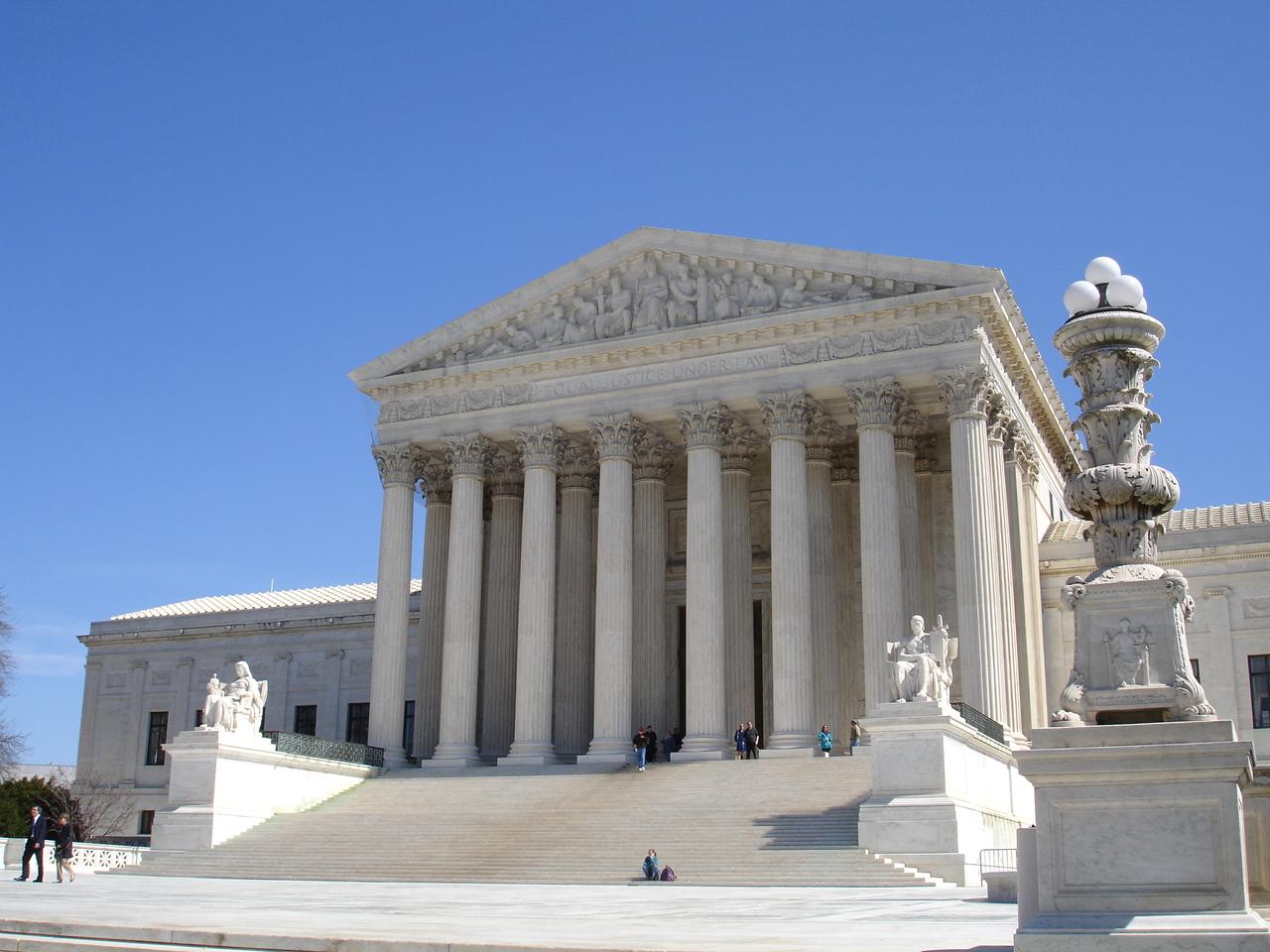The Supreme Court delivered a unanimous opinion that the Massachusetts Supreme Judicial Court got it wrong when it ruled that there was no constitutional right to a stun gun. You read that right: unanimous. Yeah, I’m shocked too. Gives me some hope that maybe with Scalia’s death we’re not doomed after all. This is the first Second Amendment decision from the SCOTUS since McDonald. The per curiam opinion is so short I can reprint it here:
The Court has held that “the Second Amendment ex- tends, prima facie, to all instruments that constitute bearable arms, even those that were not in existence at the time of the founding,†District of Columbia v. Heller, 554 U. S. 570, 582 (2008), and that this “Second Amend- ment right is fully applicable to the States,†McDonald v. Chicago, 561 U. S. 742, 750 (2010). In this case, the Su- preme Judicial Court of Massachusetts upheld a Massa- chusetts law prohibiting the possession of stun guns after examining “whether a stun gun is the type of weapon contemplated by Congress in 1789 as being protected by the Second Amendment.†470 Mass. 774, 777, 26 N. E. 3d 688, 691 (2015).
The court offered three explanations to support its holding that the Second Amendment does not extend to stun guns. First, the court explained that stun guns are not protected because they “were not in common use at the time of the Second Amendment’s enactment.†Id., at 781, 26 N. E. 3d, at 693. This is inconsistent with Heller’s clear statement that the Second Amendment “extends . . . to . . . arms . . . that were not in existence at the time of the founding.†554 U. S., at 582.
The court next asked whether stun guns are “dangerous per se at common law and unusual,†470 Mass., at 781, 26 N. E. 3d, at 694, in an attempt to apply one “important limitation on the right to keep and carry arms,†Heller, 554 U. S., at 627; see ibid. (referring to “the historical tradition of prohibiting the carrying of ‘dangerous and unusual weapons’â€). In so doing, the court concluded that stun guns are “unusual†because they are “a thoroughly modern invention.†470 Mass., at 781, 26 N. E. 3d, at 693–694. By equating “unusual†with “in common use at the time of the Second Amendment’s enactment,†the court’s second explanation is the same as the first; it is inconsistent with Heller for the same reason.
Finally, the court used “a contemporary lens†and found “nothing in the record to suggest that [stun guns] are readily adaptable to use in the military.†470 Mass., at 781, 26 N. E. 3d, at 694. But Heller rejected the proposi- tion “that only those weapons useful in warfare are pro- tected.†554 U. S., at 624–625.
For these three reasons, the explanation the Massachusetts court offered for upholding the law contradicts this Court’s precedent. Consequently, the petition for a writ of certiorari and the motion for leave to proceed in forma pauperis are granted. The judgment of the Supreme Judicial Court of Massachusetts is vacated, and the case is remanded for further proceedings not inconsistent with this opinion.
It follows with an opinion by Thomas and Alito excoriating the Massachusetts Supreme Judicial Court for flagrantly ignoring Heller. Also, this is fun:
Instead, Miller and Heller recognized that militia members traditionally reported for duty carrying “the sorts of lawful weapons that they possessed at home,†and that the Second Amendment therefore protects such weapons as a class, regardless of any particular weapon’s suitability for military use.
That pretty much puts to bed several arguments of our opponents, and a few from people on our side who still read Miller that way.
Section 131J allows law enforcement and correctional officers to carry stun guns and Tasers, pre sumably for such purposes as nonlethal crowd control. Subduing members of a mob is little different from “sup press[ing] Insurrections,†a traditional role of the militia. U. S. Const., Art. I, §8, cl. 15; see also ibid. (militia may be called forth “to execute the Laws of the Unionâ€). Addition ally, several branches of the U. S. armed services equip troops with electrical stun weapons to “incapacitate a target without permanent injury or known side effects.â€
Are we seeing the beginnings of my preferred “police use” test? Namely, if the cops routinely use a type of weapon it’s unquestionably a protected arm. Obviously this was an opinion by two justices, but let us hope this unanimous ruling sends a message to the lower courts. I don’t think this should be read as any kind of revelation on the part of the liberal justices. I still think they’d vote to uphold carry restrictions and assault weapons bans. But this is certainly a ray of sunshine considering the darkness I see on the horizon.






